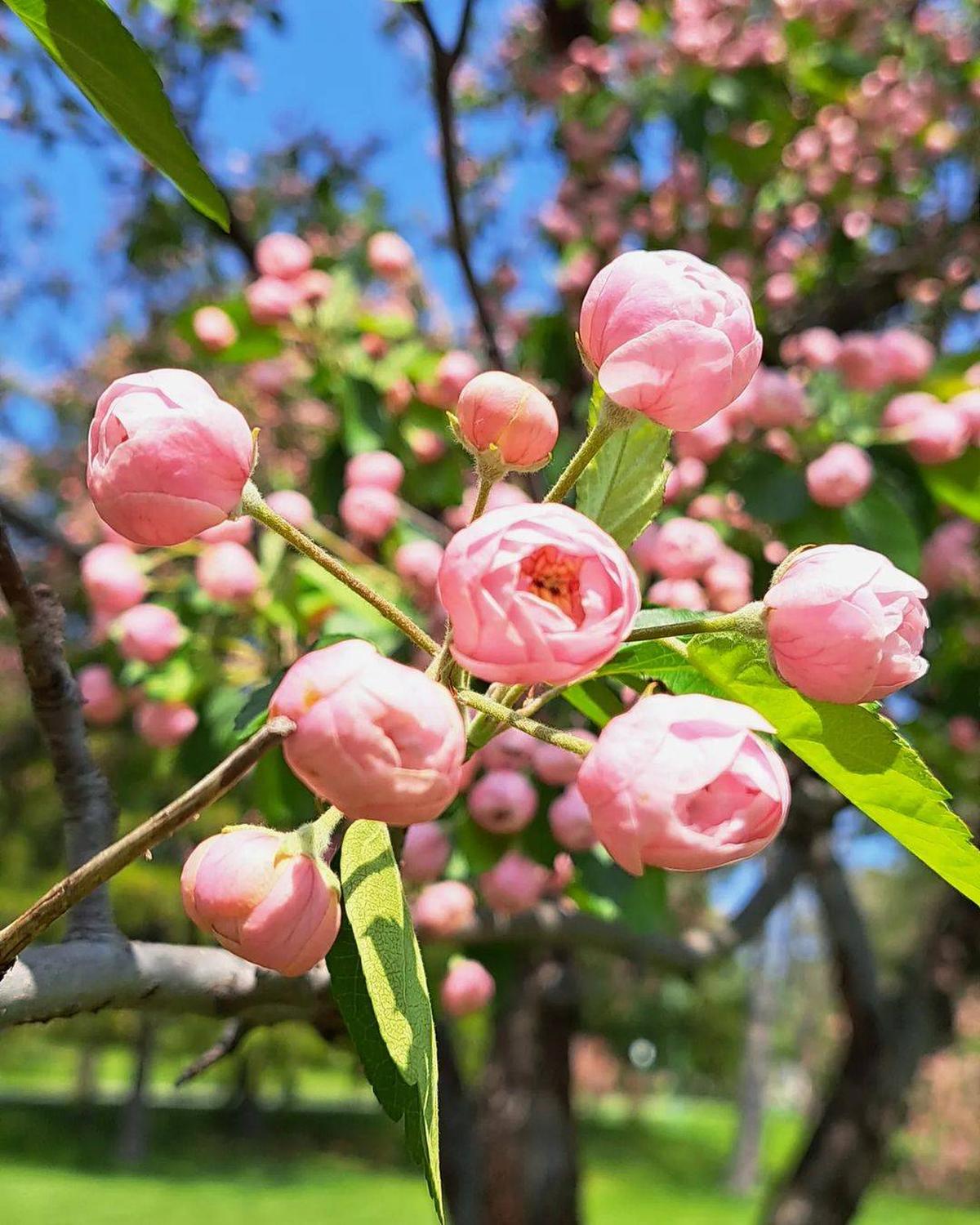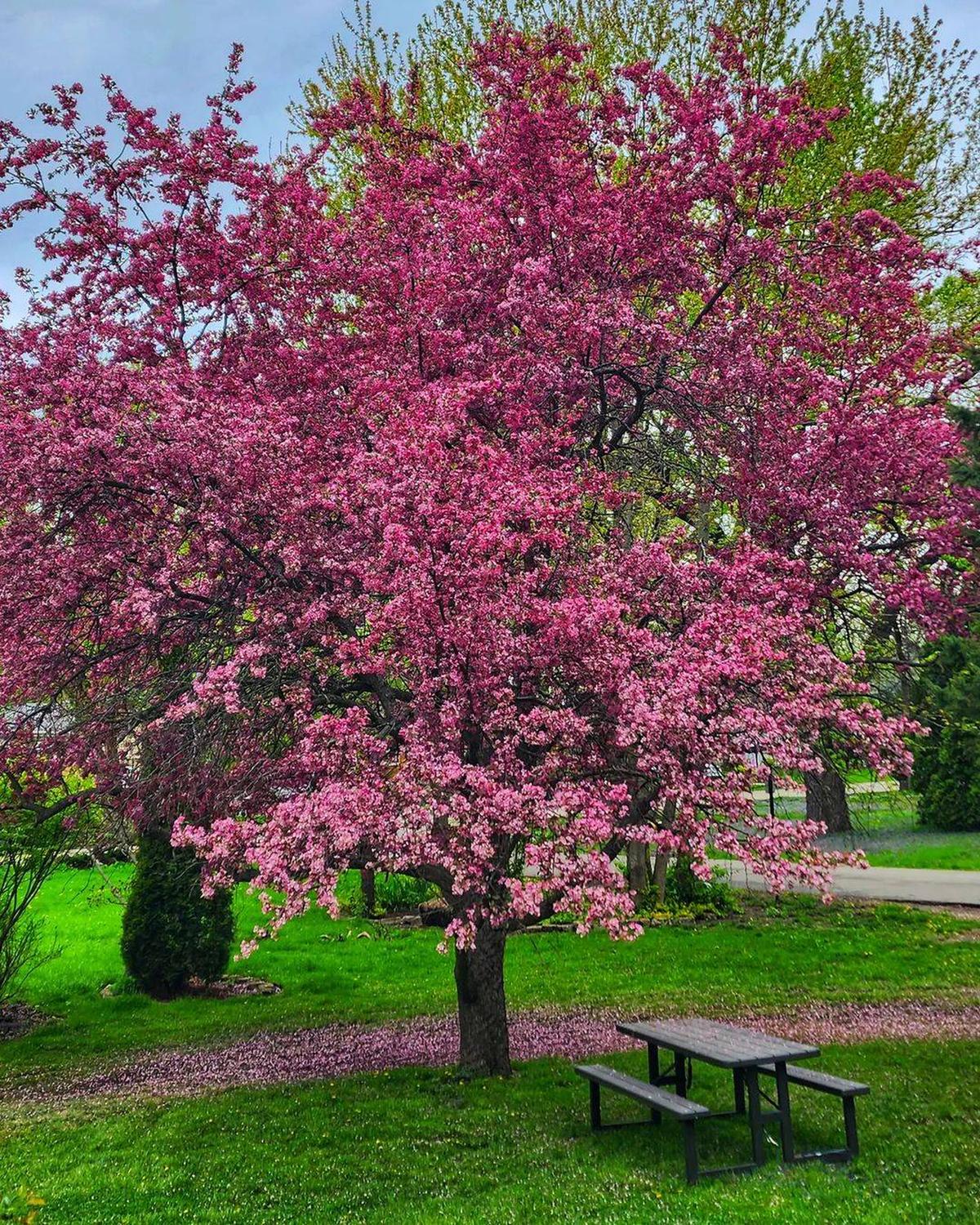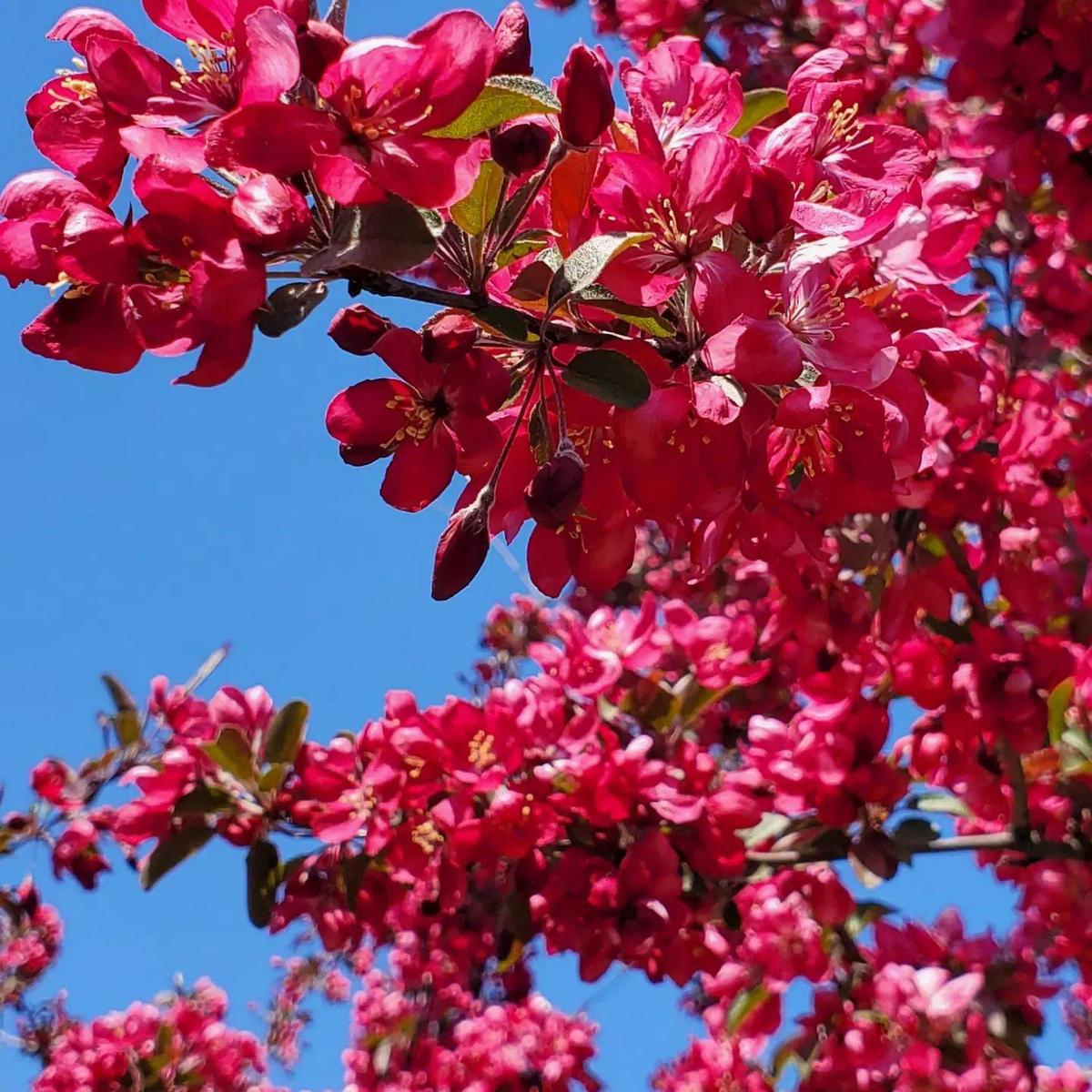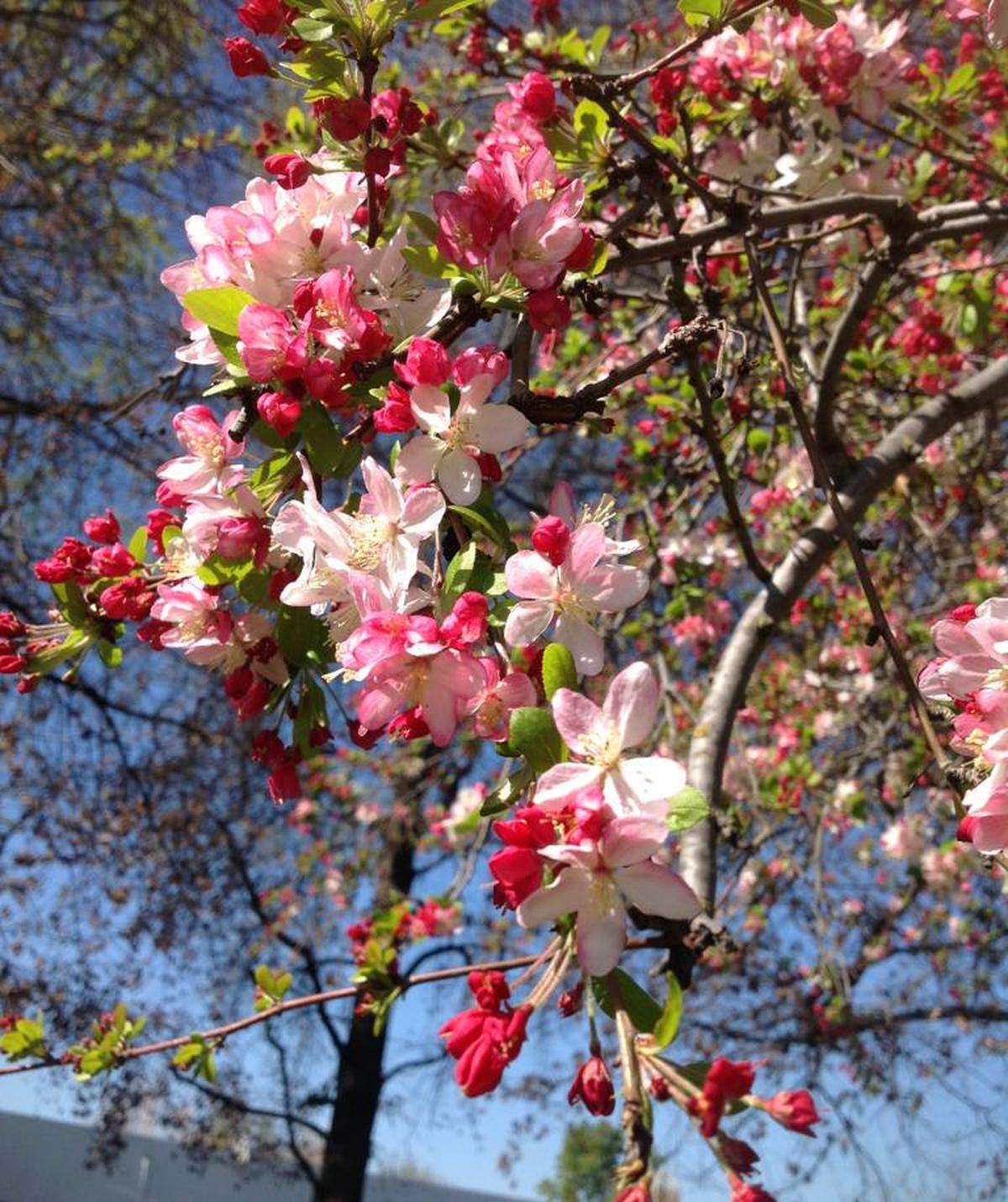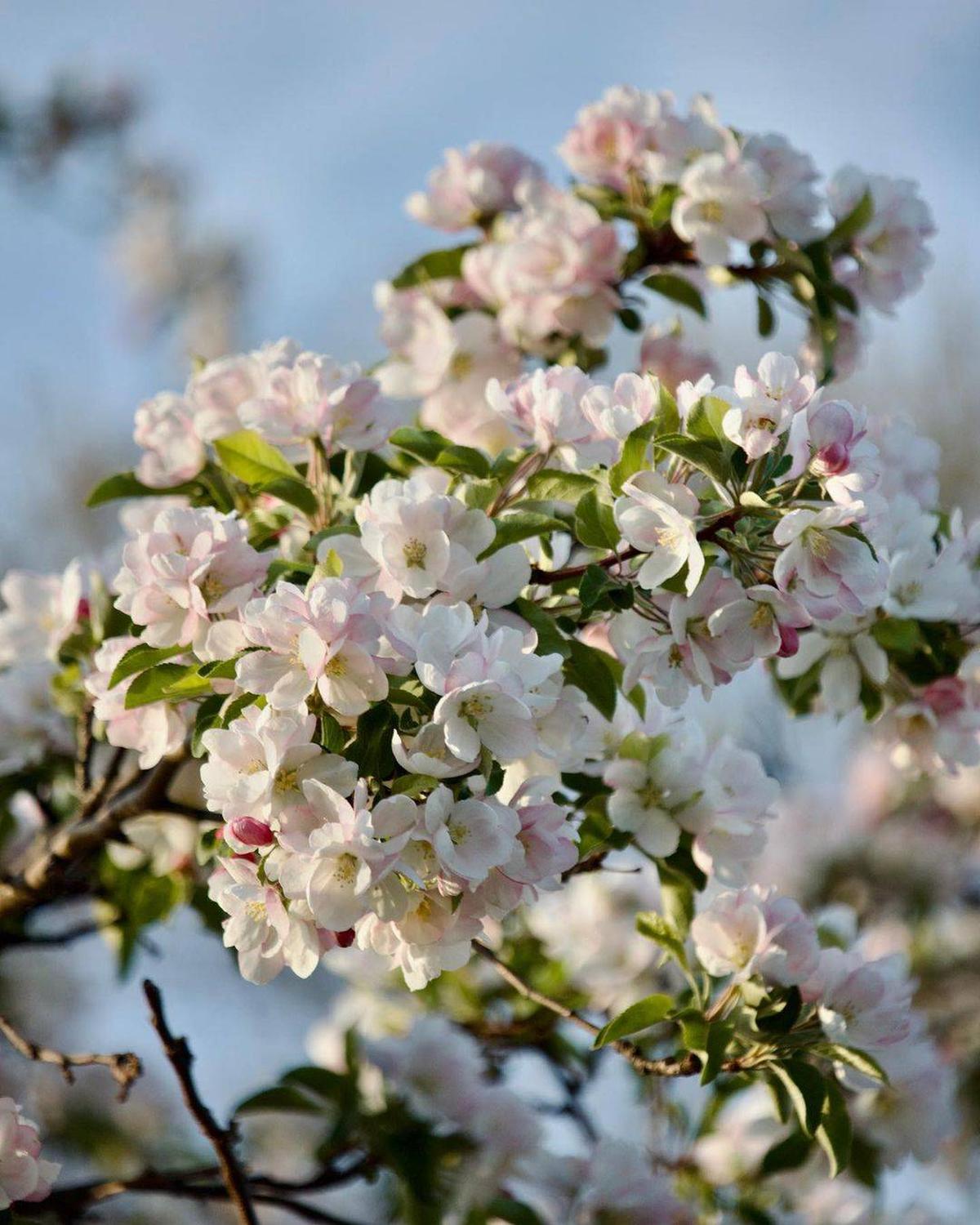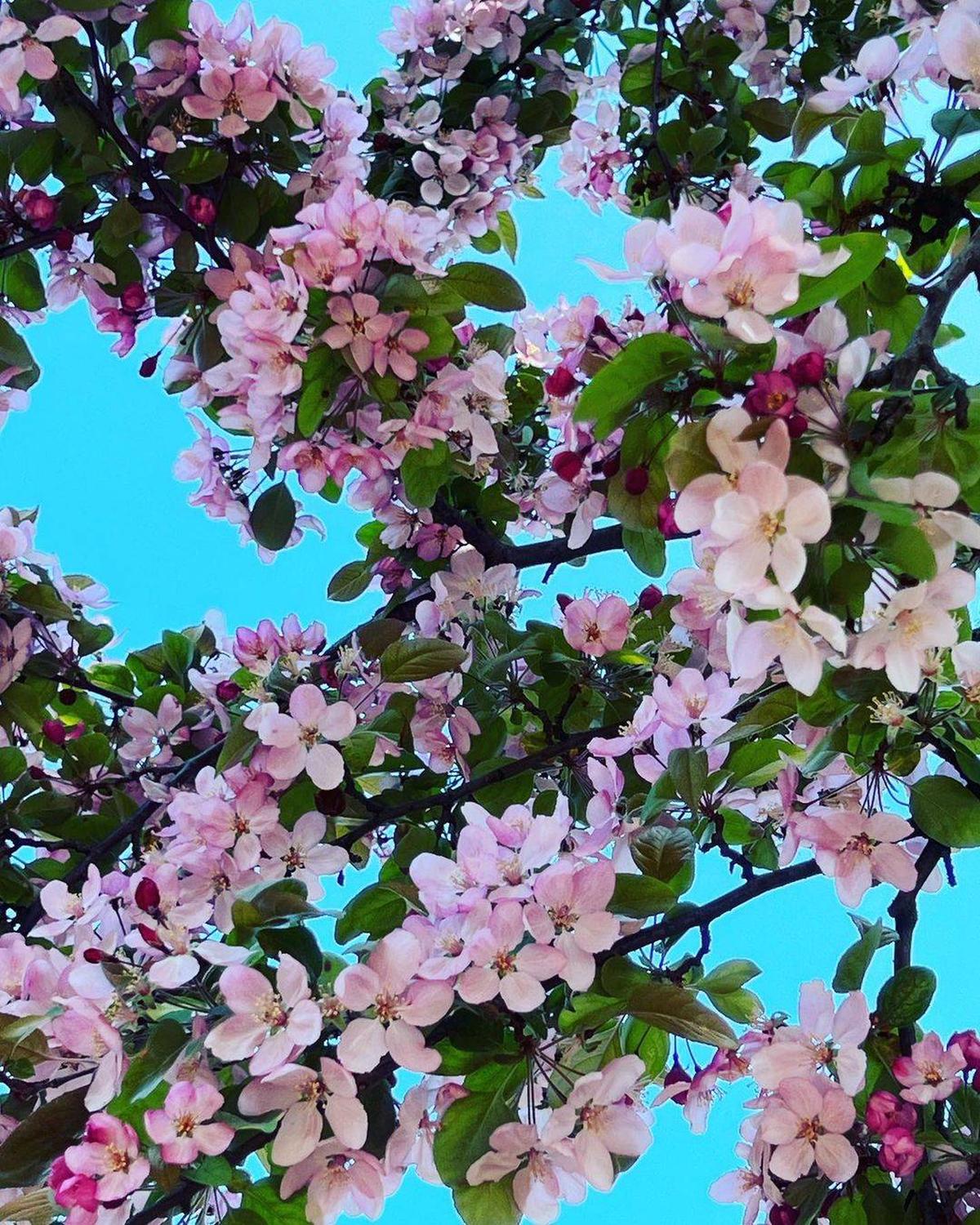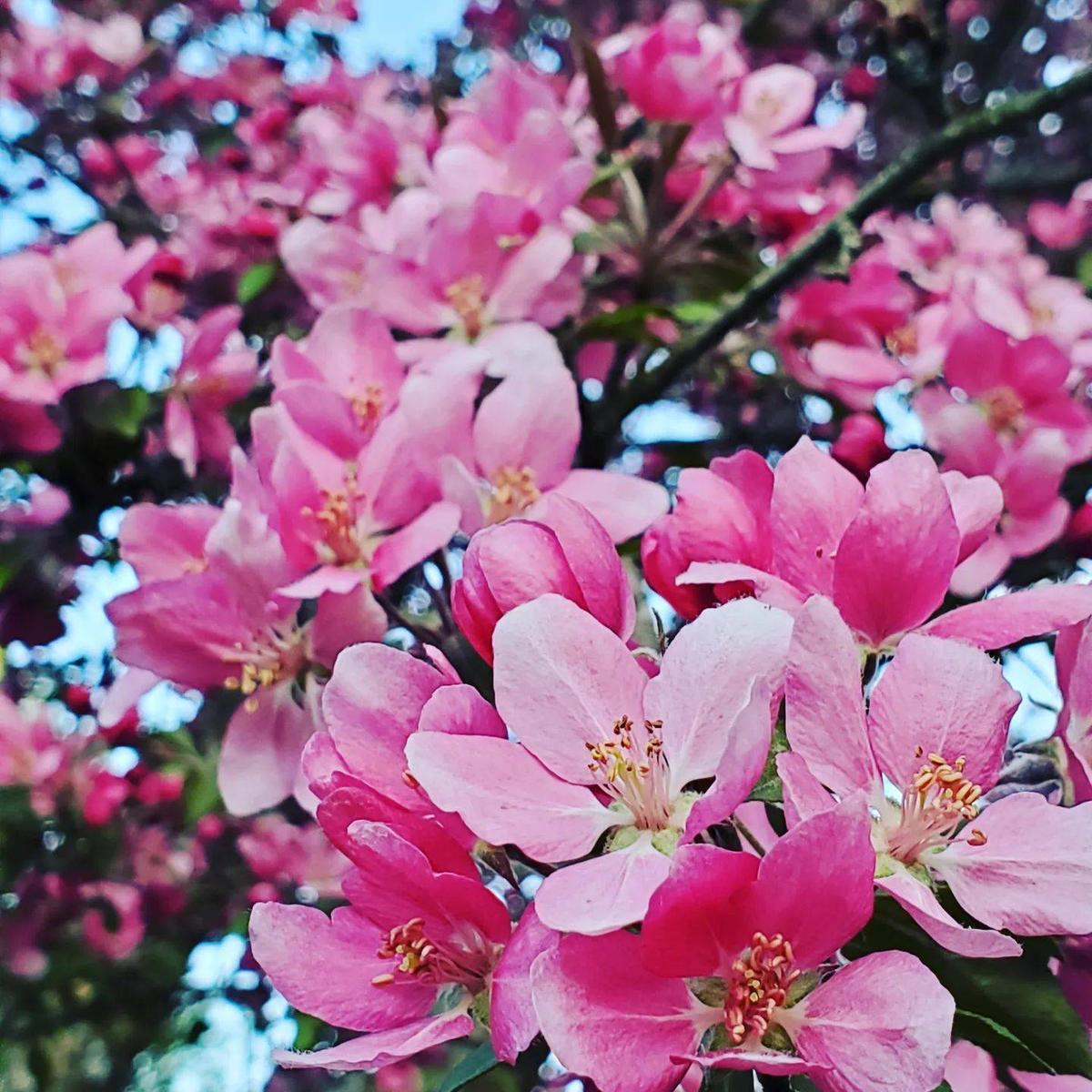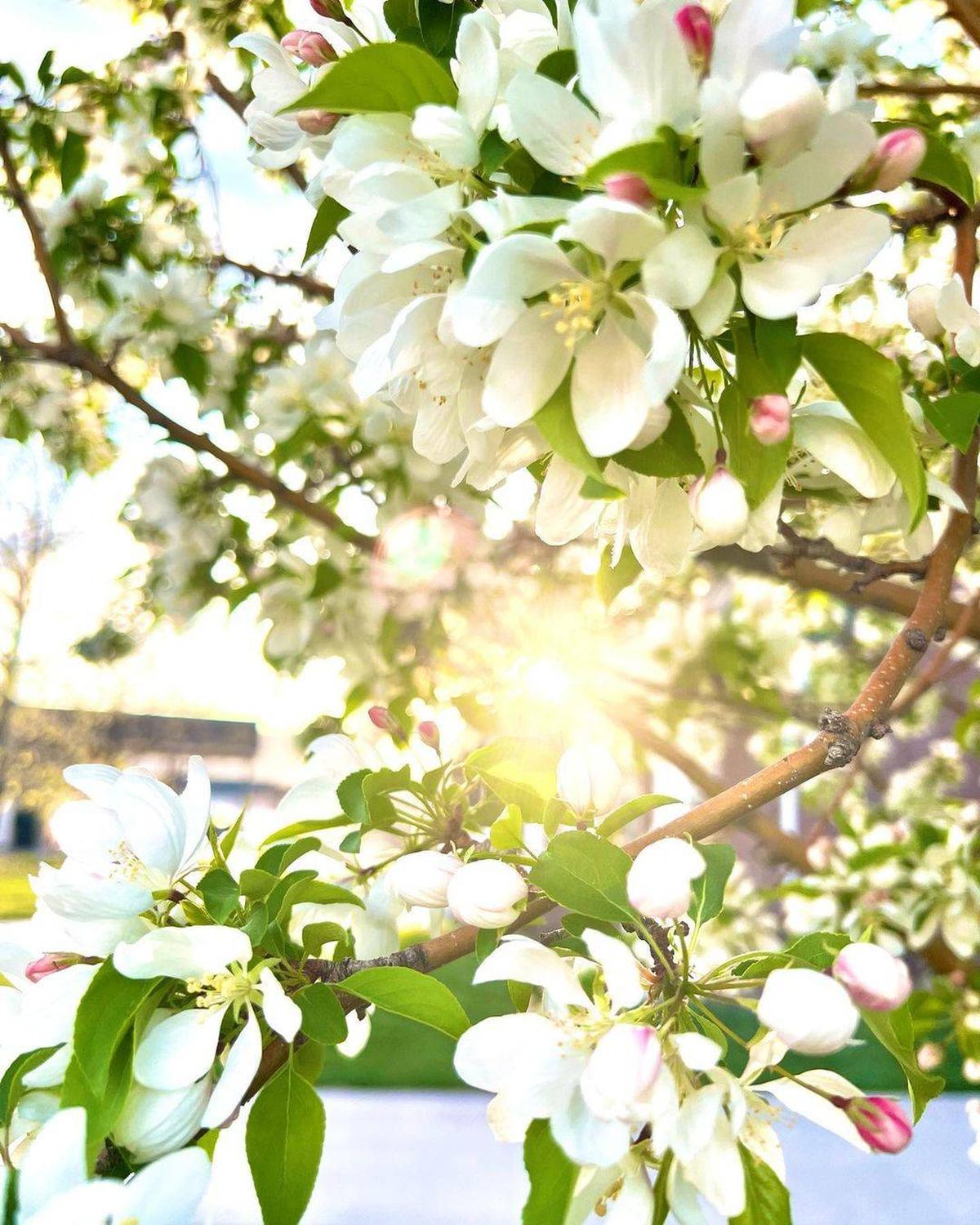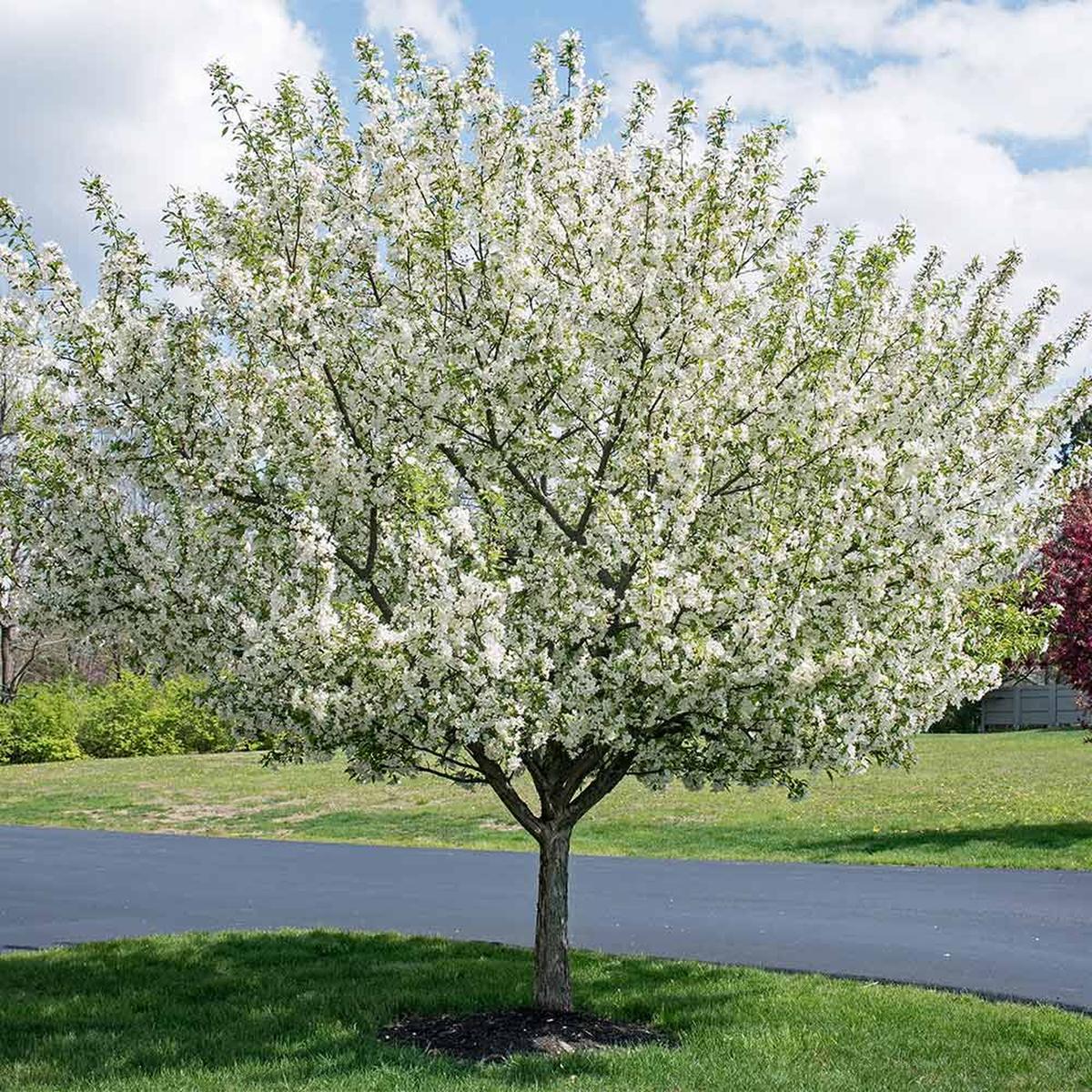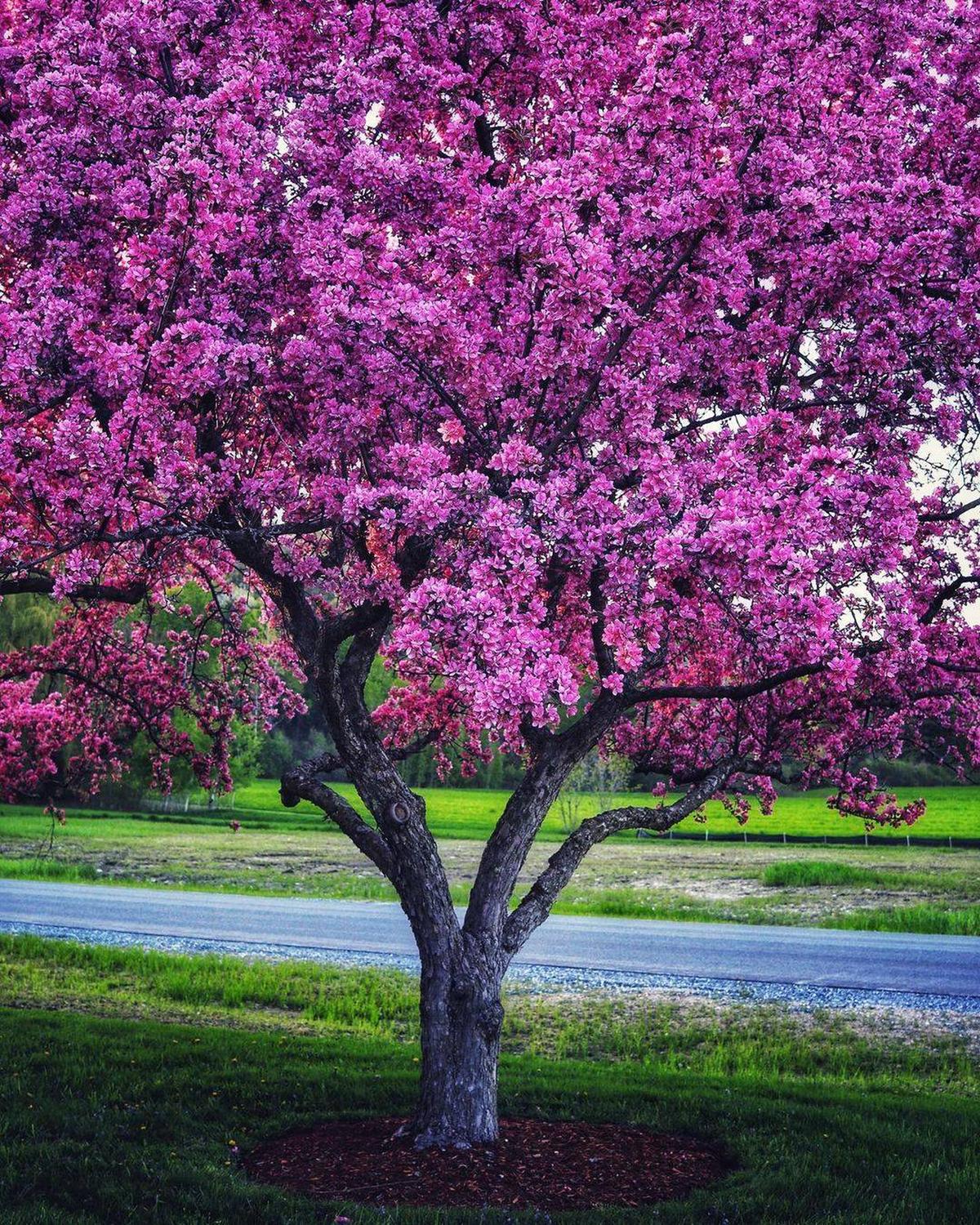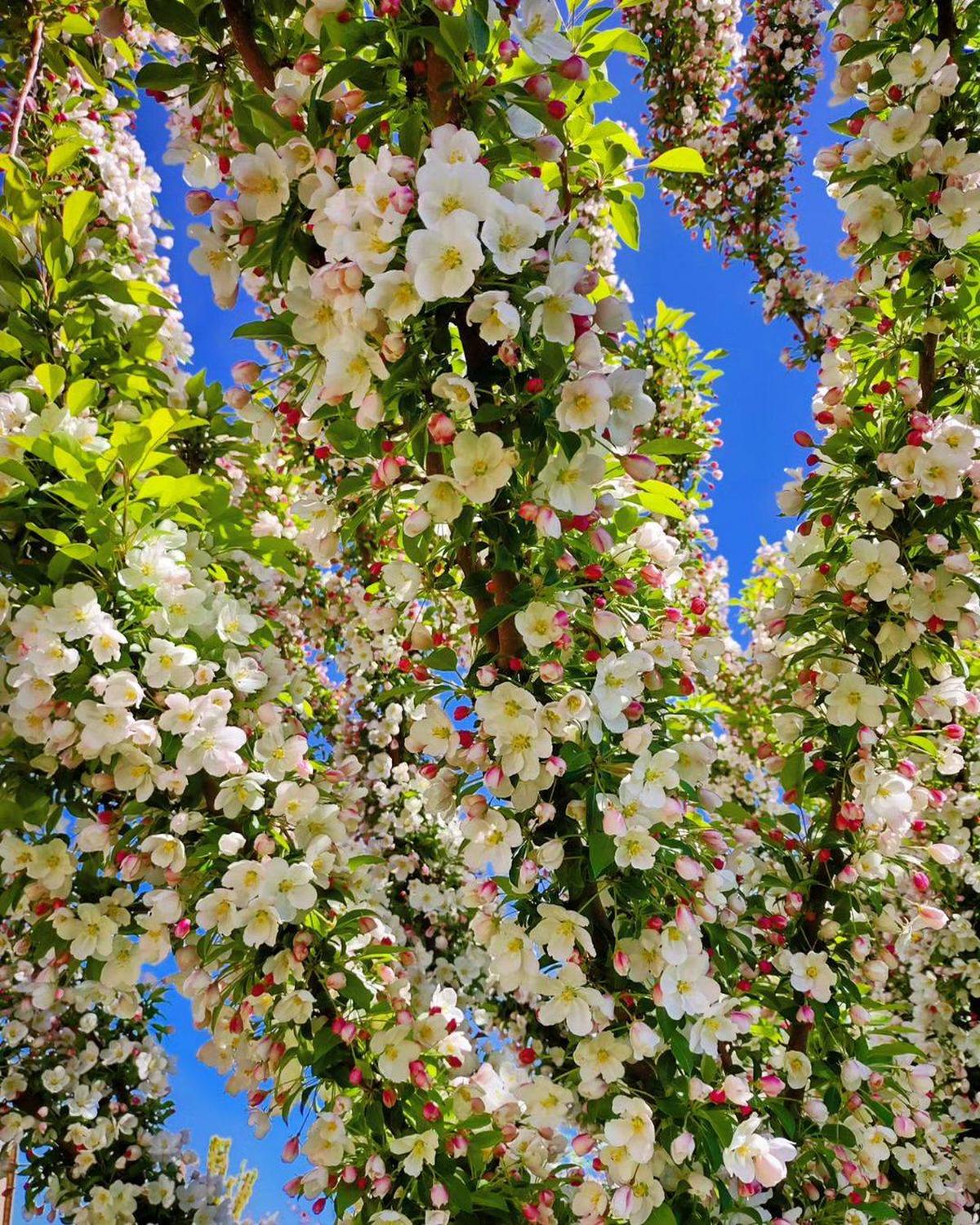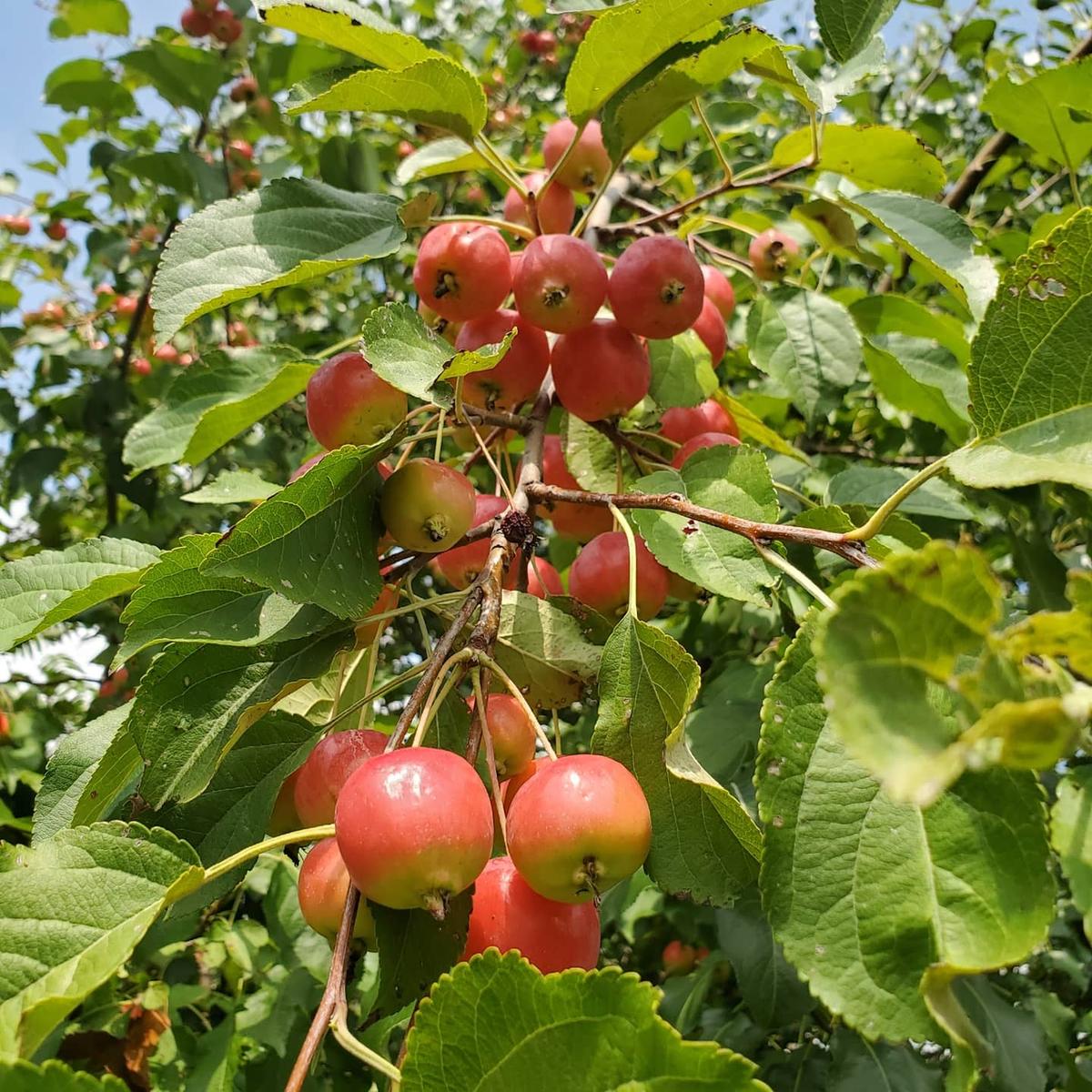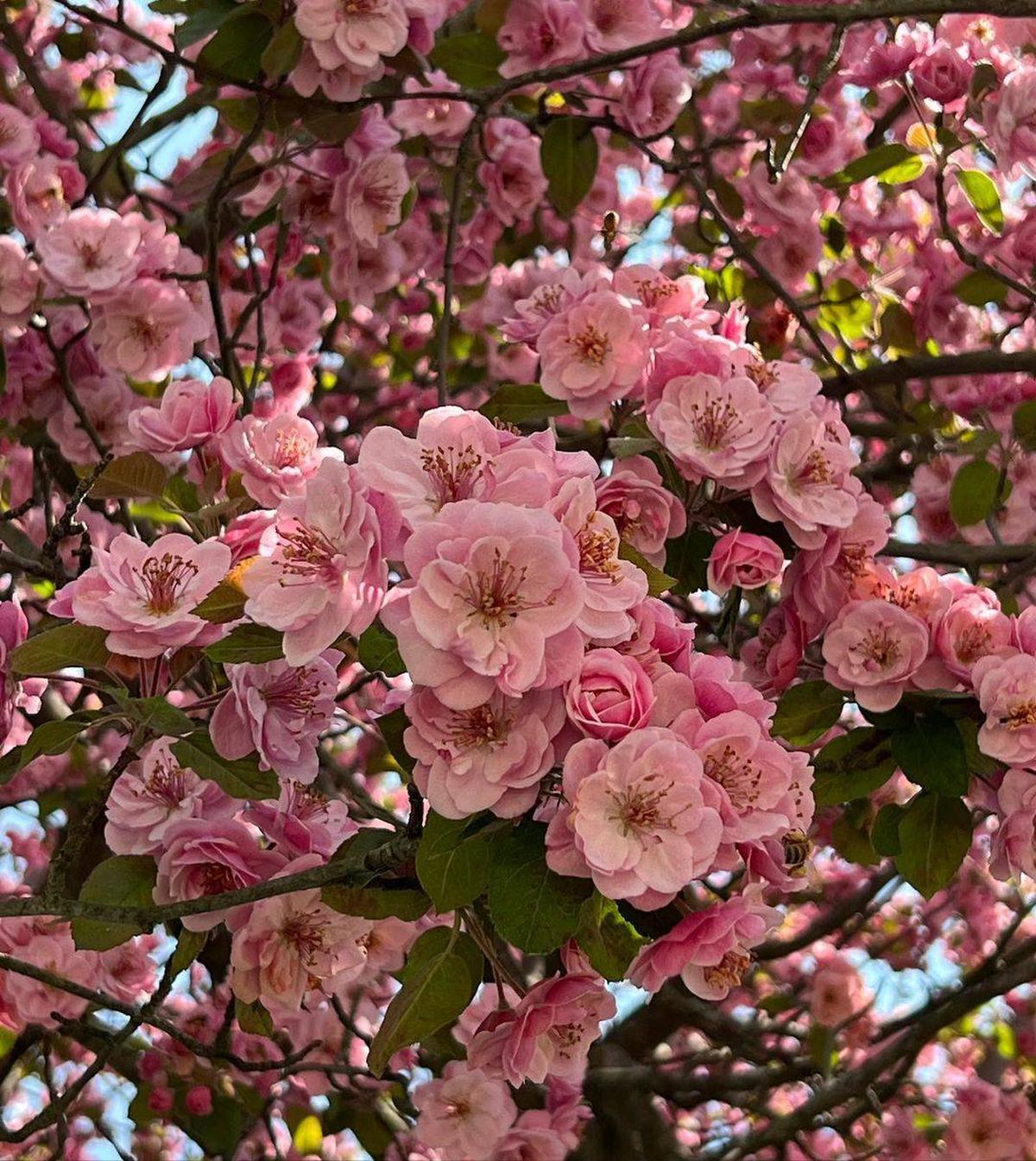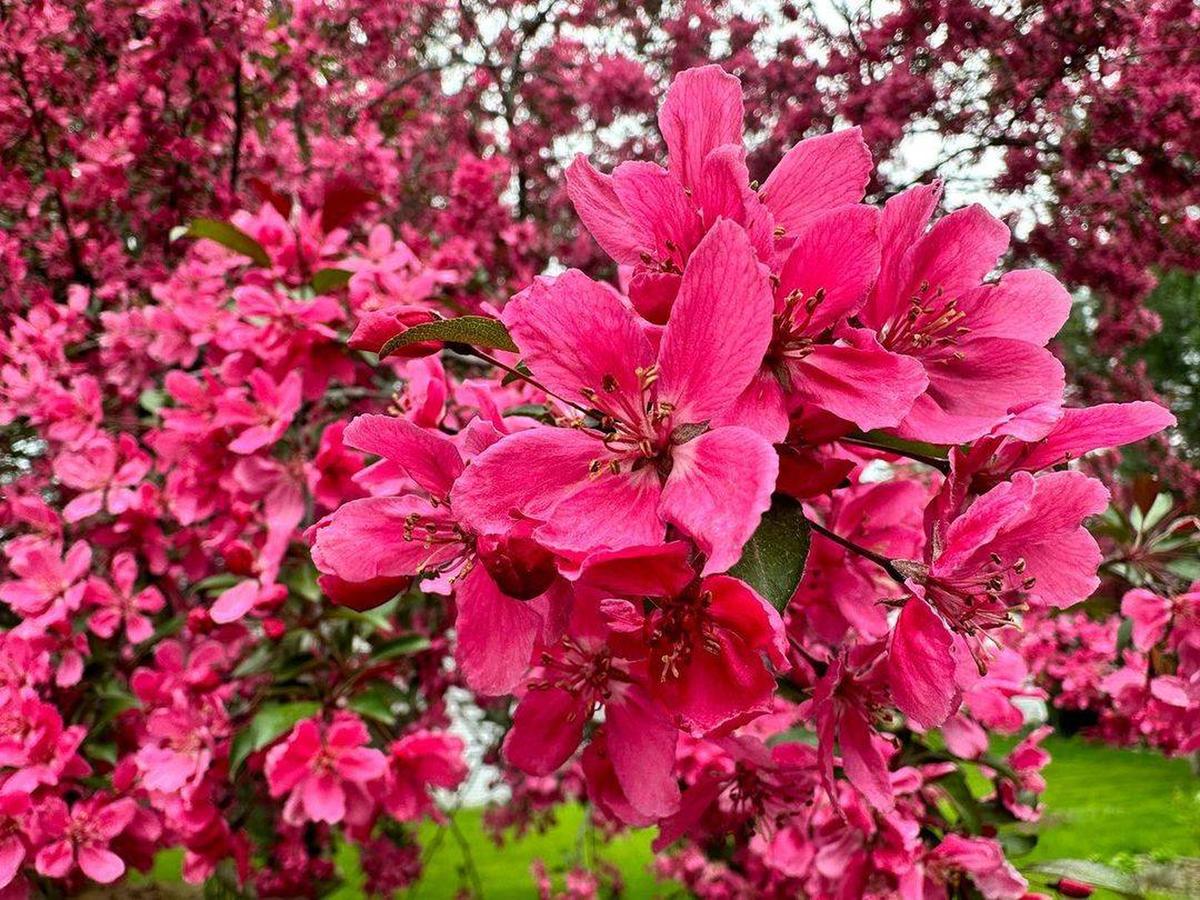15 Best Crabapple Tree Care Tips for Healthy Growth
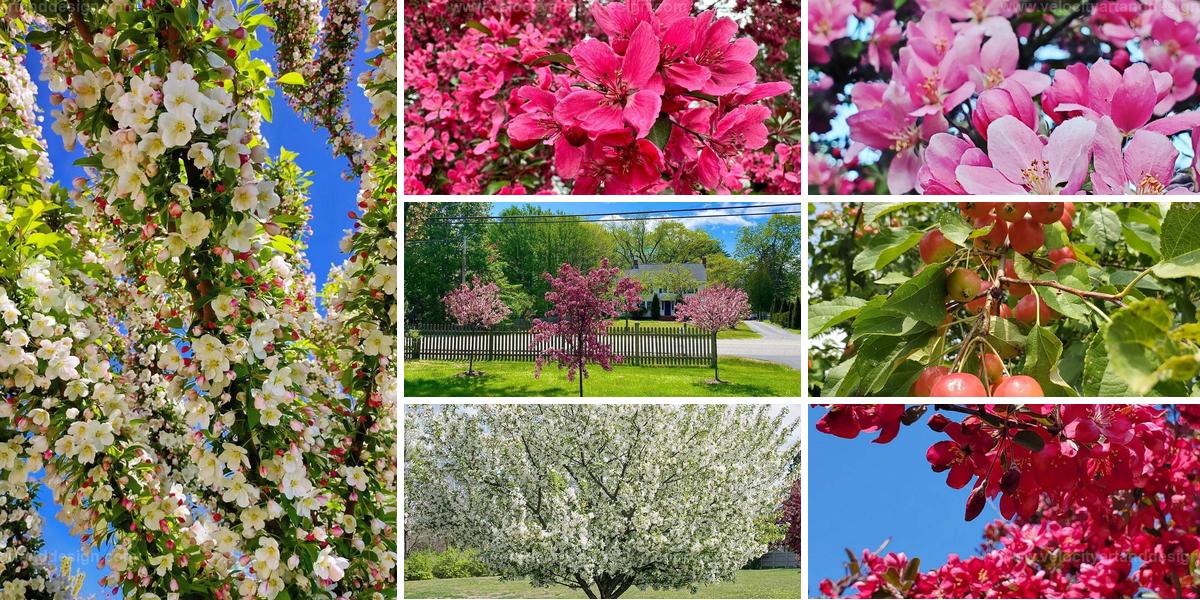
Growing and caring for crabapple trees offers both beauty and functionality to your garden. These trees produce stunning blossoms that add color and fragrance to any space, while also providing habitat for wildlife.
A holistic approach to their care ensures healthy growth, from soil preparation to seasonal pruning. Crabapple trees are adaptable, making them an excellent choice for various climates.
Their ability to produce vibrant fruits and blossoms makes them a standout feature in any landscape. Discover the 15 best tips to growing and nurturing these trees for long-lasting beauty.
Selecting The Right Variety
Choosing the appropriate crabapple tree variety is essential for successful growth. Factors such as your local climate and soil type play a significant role in this decision.
Additionally, think about what visual appeal you want from the tree, along with its resistance to diseases and timing of blooms. Also consider whether you're interested in fruit production or ornamental features when making your selection.
The right choice will ensure that you enjoy a thriving addition to your landscape.
Site Selection
Choosing the right spot for your crabapple tree is crucial.
Seek an area that basks in sunlight, ideally soaking up six hours daily to thrive.
Ensure the soil drains well; this prevents standing water that could harm its roots.
Steer clear of locations where heavy winds might cause damage or where flooding tends to occur.
Soil Preparation
Soil preparation sets the foundation for a thriving garden. Start by clearing away any unwanted weeds and grass, ensuring your planting area is clean and ready.
Loosening the soil helps create an ideal environment for roots to grow. Mixing in organic materials such as compost or aged manure enriches the earth, enhancing both fertility and drainage capabilities.
With these steps complete, you are well on your way to nurturing healthy plants that flourish beautifully in their new home.
Planting
Planting a tree involves careful steps to ensure its healthy growth. Start by creating a hole that is broader and somewhat shallower than the root ball of your chosen tree.
Position the tree in this space, ensuring that any graft union sits above ground level for optimal results. After placing it correctly, fill the hole with soil while pressing gently around the roots to eliminate air pockets.
Finally, provide ample water immediately after planting to help establish your new addition in its environment effectively.
Watering
Consistent watering is crucial, particularly while your tree establishes itself. Deep irrigation ensures that moisture penetrates the root zone effectively.
Striking a balance is key; too much water can cause root rot, which you definitely want to avoid. Monitor soil conditions and adjust your schedule based on weather patterns for optimal health of the tree.
Keeping these practices in mind will promote strong growth and vitality over time.
Pruning
Caring for crabapple trees involves timely pruning, ideally in late winter or early spring before growth starts. Focus on eliminating any dead, damaged, or crossing branches to ensure a healthy structure.
Maintaining an open canopy is essential; it promotes better air flow and allows sunlight to reach the interior of the tree. Exercising caution with heavy cuts is wise since they can lead to unwanted water sprouts that may hinder your tree's vitality.
Keeping these practices in mind will help keep your crabapple thriving throughout the seasons.
Pollination
Pollination plays a crucial role in the fruit production of crabapple trees. Certain varieties depend on cross-pollination for successful yields, so planting multiple compatible species nearby is essential.
Timing matters significantly; both trees should bloom simultaneously to promote efficient pollen transfer. By choosing the right pairings and ensuring they flower together, you can enjoy abundant fruit from your crabapples in no time.
This understanding transforms gardening efforts into fruitful rewards, emphasizing nature's interconnectedness.
Fertilizing
Understanding the importance of fertilization can significantly enhance your garden's health. Start with a soil test to identify any nutrient gaps that may exist.
Should you find deficiencies, consider using a slow-release fertilizer for optimal growth during early spring. Always adhere to the guidelines provided by the manufacturer regarding how much to apply.
This approach ensures your plants receive exactly what they need without excess nutrients harming them or the environment.
Pest Control
Effective pest management is crucial for maintaining healthy trees. Regular inspections help you spot common invaders, including aphids and caterpillars.
Correct identification of these pests allows for targeted action, ensuring that you select the right integrated pest management strategies. Consider introducing beneficial insects to combat harmful ones or applying horticultural oils and insecticidal soaps as needed.
Keeping your trees protected enhances their vitality and longevity in any garden setting.
Mulching
Mulching serves as a protective shield for trees, enhancing their health and vitality. By placing organic mulch around the trunk, you create an environment that retains moisture while keeping soil temperature stable.
This layer not only helps in preventing weeds but also enriches the ground as it decomposes over time. A few inches of mulch can make all the difference in nurturing your tree's growth and resilience against harsh conditions.
It's a simple yet effective way to promote robust development and sustainability in your garden landscape.
Regular Monitoring
Regularly observing the health of your crabapple trees is crucial for their well-being. Look out for indicators of stress, illness, or pest issues that may arise.
Catching these problems early enables you to take swift action and provide necessary care. Just like any other living organism, these trees need dedicated attention and nurturing to flourish over time.
Your commitment plays a significant role in ensuring their vitality and growth.
Disease Prevention
Disease prevention is essential for maintaining the health of crabapple trees. Choosing varieties that resist common ailments such as apple scab, cedar apple rust, and powdery mildew will set you up for success from the start.
Proper tree spacing promotes airflow, reducing moisture retention around leaves and branches. In cases where diseases do arise, applying fungicides based on their specific timing and severity can be an effective management strategy.
Prioritizing these practices helps ensure a flourishing garden full of vibrant crabapples.
Fruit Thinning
Managing fruit production is crucial for the health of your trees. When you notice an abundance of fruit, consider reducing their number to avoid overcrowding on branches.
Thinning enhances the overall size and quality of each piece while also minimizing the chance of branch damage under weight. This practice not only promotes better growth but ensures a more fruitful harvest in future seasons.
Taking these steps can significantly benefit both your tree's vitality and its yield.
Organic And Sustainable Practices
Organic and sustainable gardening plays a crucial role in maintaining the health of our environment. Utilizing natural fertilizers and pesticides not only nurtures your plants but also protects local ecosystems.
Composting adds vital nutrients back into the soil, promoting a thriving garden while reducing waste. Water conservation techniques are essential for preserving resources and ensuring that gardens flourish over time.
By adopting these methods, you contribute to ecological balance and foster a healthier planet for future generations.
Winter Protection
Winter poses challenges for young trees, making protection essential. Wrapping the trunk with tree guards creates a barrier against harsh elements.
Utilizing burlap provides an additional layer of defense from cold winds that can dry out foliage and damage bark. Safeguarding your saplings now helps ensure their health when spring arrives.
Taking these steps allows you to nurture strong growth in the seasons ahead while minimizing winter stress on your plants.

